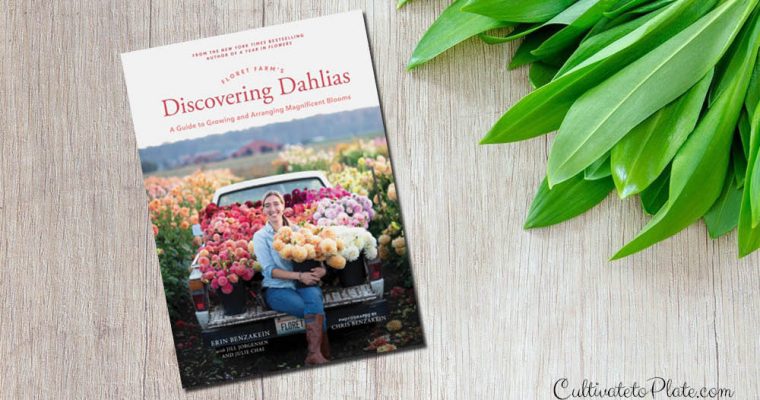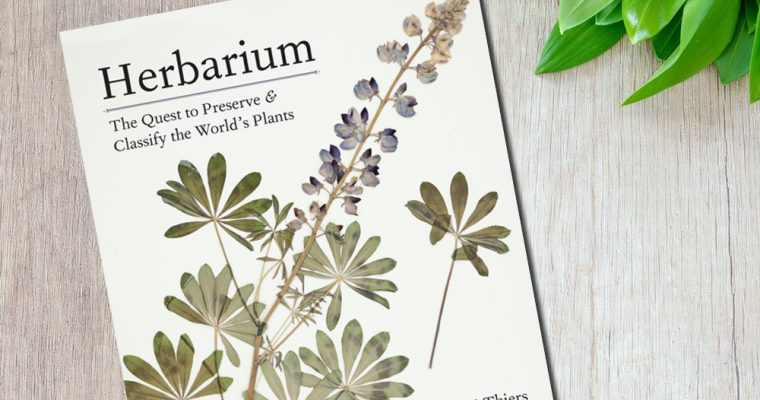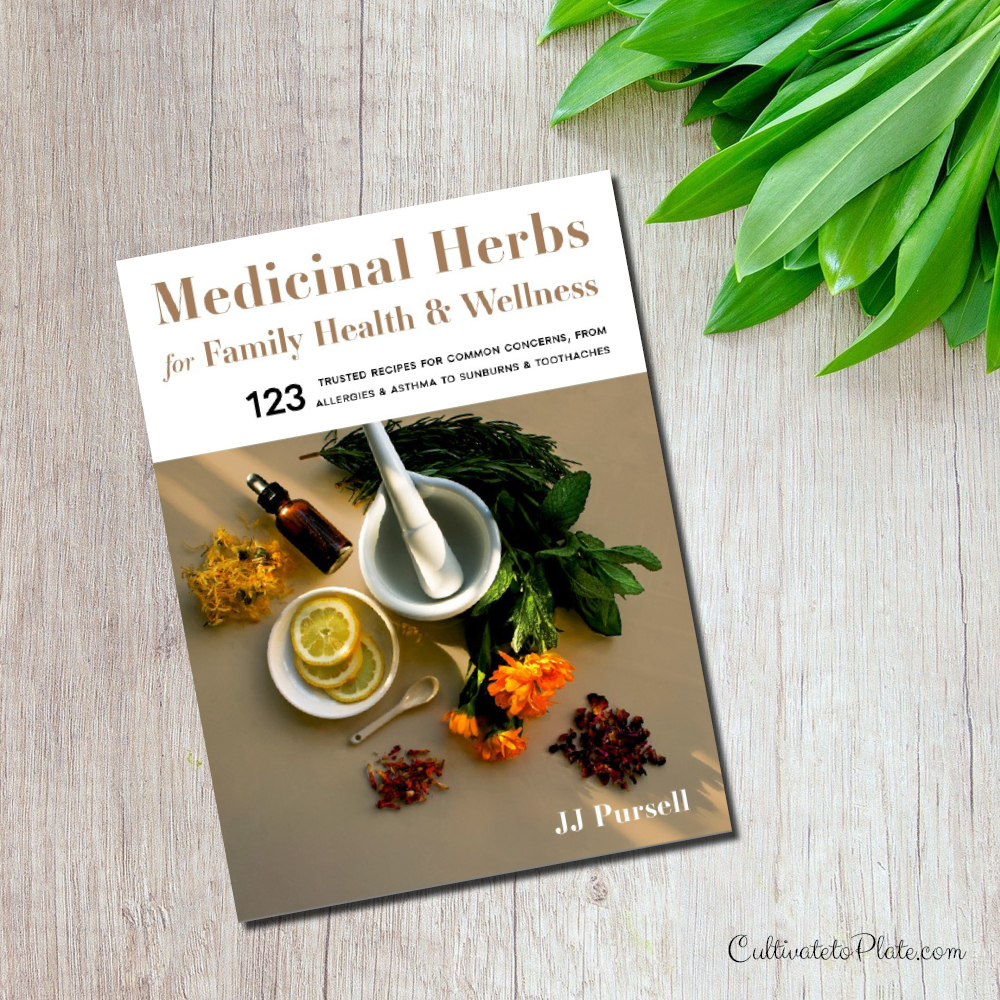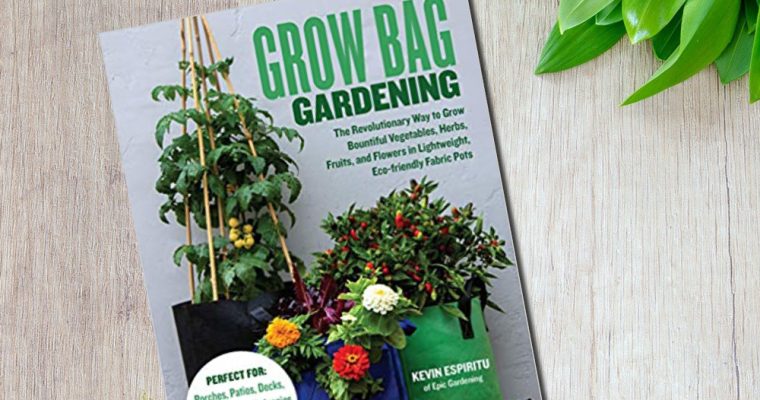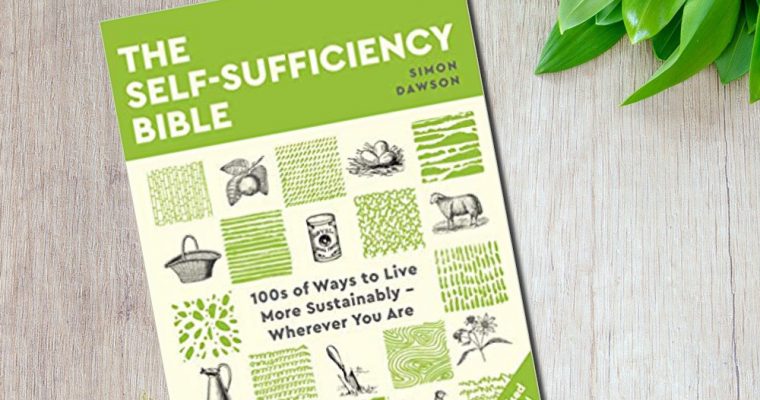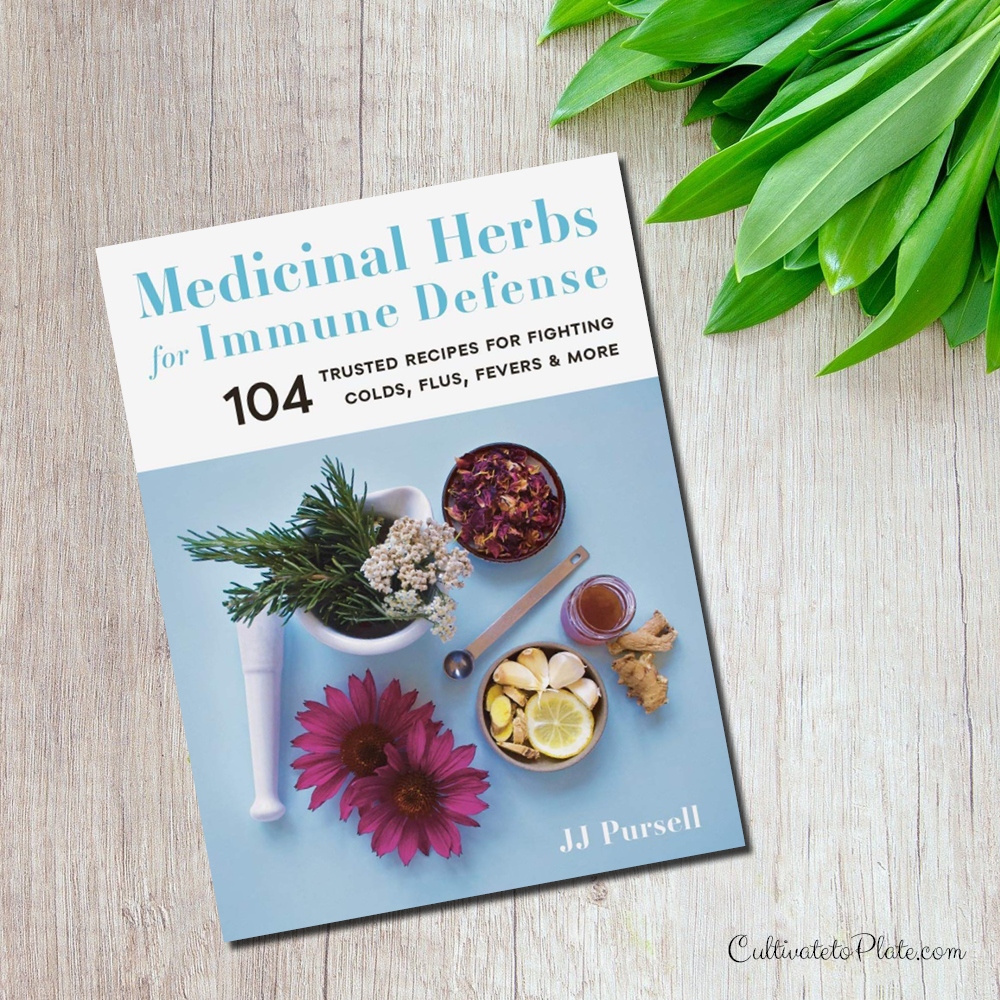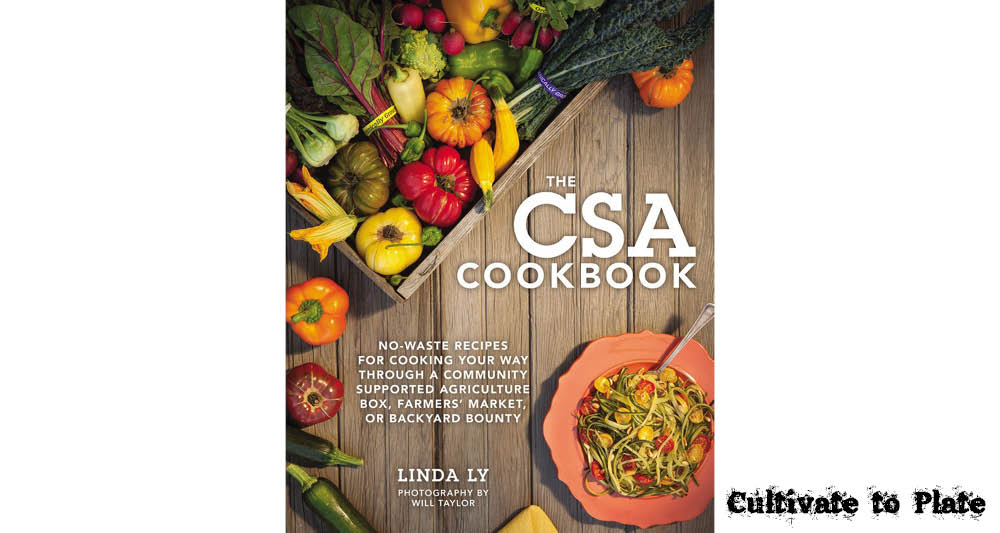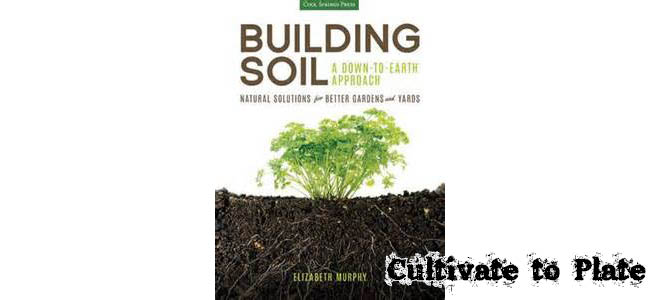If you’ve ever thought about creating your own medicinal items in your kitchen but didn’t know where to begin, then this book is just what you need.
Medicinal Herbs for Immune Defense has 104 recipes for all sorts of ailments that you can create at home using things you can grow in your garden. Pursell talks in detail about 60 essential herbs and plants that go into the many recipes, but she also states that if you concentrate on say 20, really get to know them then you’ll have the information you need to really create a preparation unique to your circumstance – if you know how an herb performs and what it can do you’re equipped to make something useful.
The 60 herbs and plants have pictures, the common and scientific names, and what parts of the plant is used in medicine (like the flowers, petals, rhizomes or roots, leaves, stems, bark, seeds, berries, the whole plant, the fruit, etc.)
What do you do with the plants? You make the preparations. I loved how the author describes each and details how they are prepared. Below is a condensed description of each of the types of preparations in the book.
Types of Medicinal Preparations
Capsules
A gelatin or vegetable glycerin shell that can be filled with different combinations of powdered herbs. They come in different sizes – 0 (smallest), 00 (common), and 000 (largest).
Essential Oil Blend
Extracted essential oils blended together for different healing purposes.
Flower Essence Blend
A blend of flowers essences to help with emotional balance.
Fomentation
A strong herbal brew that is applied by soaking a cotton cloth then placing on the affected area of the body, with heat often added to aid in healing.
Herbal Oil
An herb-infused oil (not to be confused with an essential oil that is extracted). This is used topically alone or as a base for other preparations.
Medicinal Tea
Herbal blends that are usually brewed by the cup or in small batches to be used that day and drunk.
Liniments
Topical preparations to increase blood circulation and aid in healing.
Poultice
A soft, damp mass of plant material or plant material mixed with flour that is applied in a thick layer and kept in place with a cloth or gauze.
Salve
An ointment, cream or balm typically made with a base of beeswax or other wax or shea butter.
Spray
A spray is a liquid containing distilled water and essential oils or a tincture that can be spritzed on the body as needed.
Syrup
A concentrated herbal tea combined with honey or sugar.
Tincture
An herb and alcohol solution made to be taken by drops in the mouth. Besides alcohol, vinegar and vegetable glycerin is also used.
Herbal Wash
A single herb or a combination of herbs used to soak the whole or a part of the body.


Book Info
This is a highly useful book for taking care of ailments and sickness using things you have in the garden or can get in nature. I think it should be in everyone’s library.
- Amazon Link: Medicinal Herbs for Immune Defense by JJ Pursell.
- Workman Publishing Company; 2021.
- ISBN-13 : 978-1643260662.
- Softcover, 224 pages.
Disclosure: This book was provided by the publisher and any opinions are my own. Thank you to NetGalley and Workman Publishing for the ARC. Any affiliate links help support the site, thanks.
